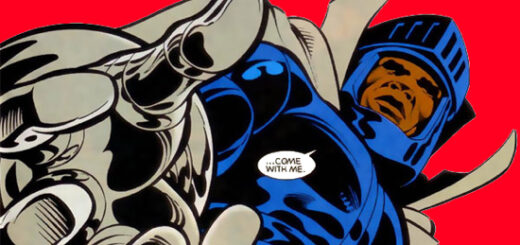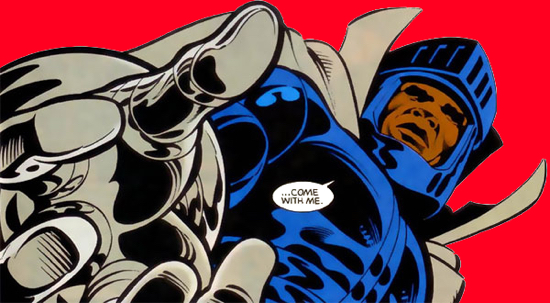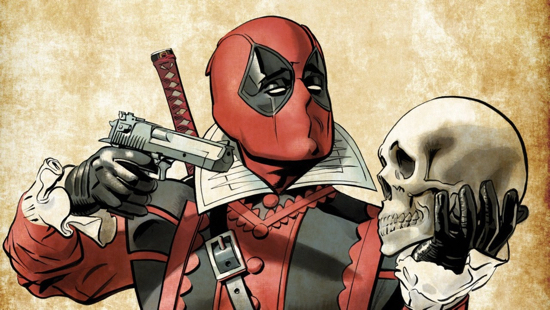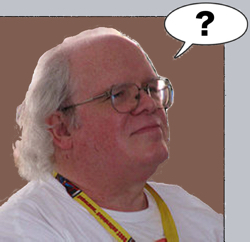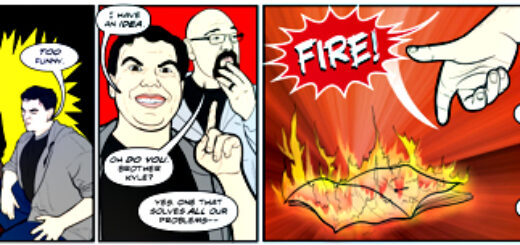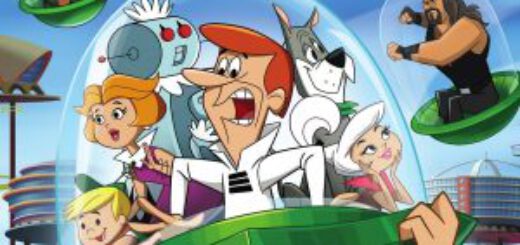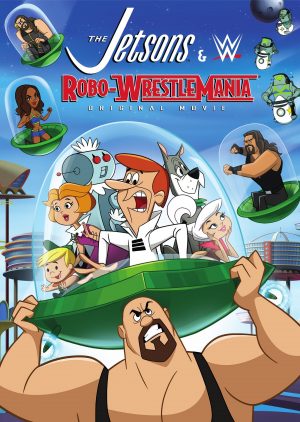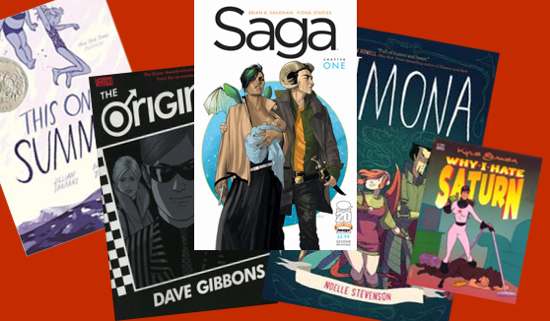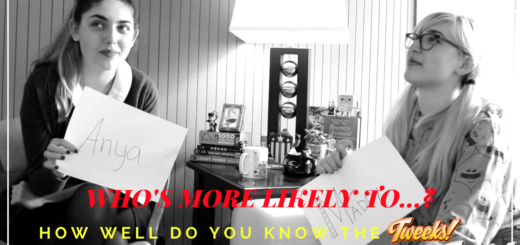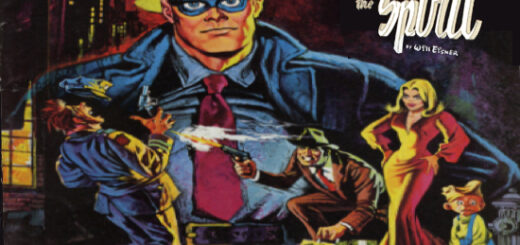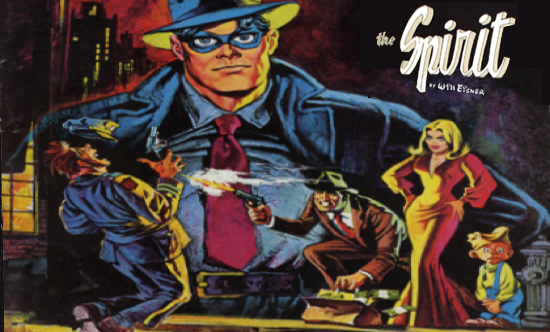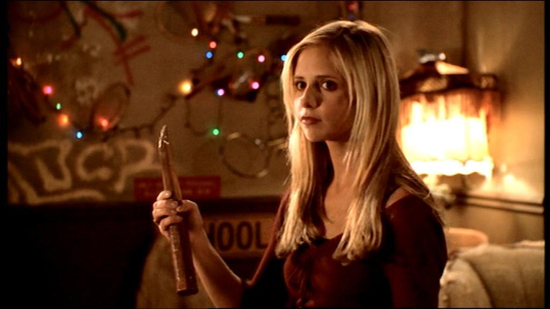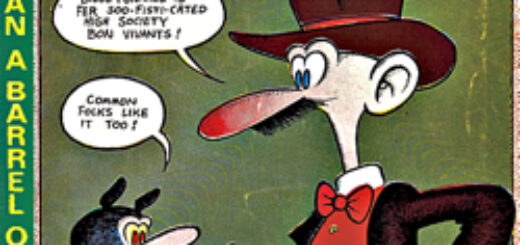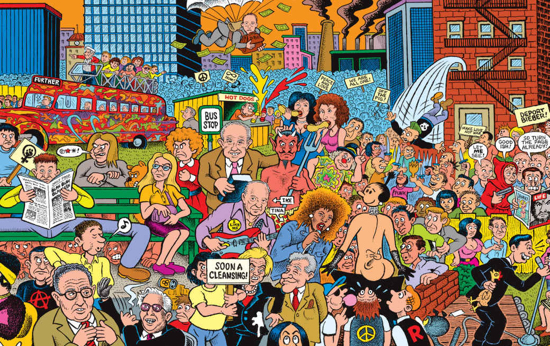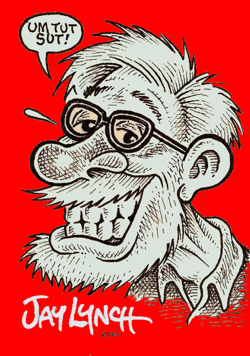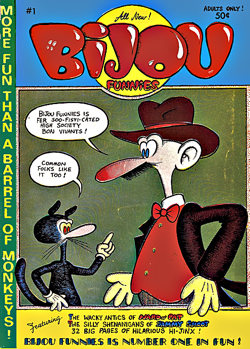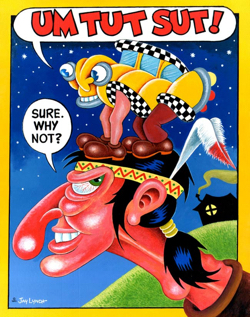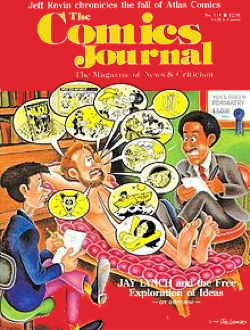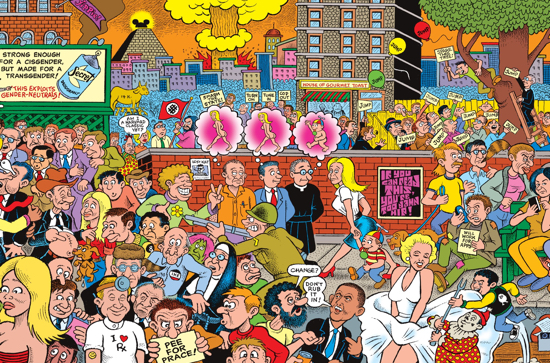Michael Davis: If & Hope
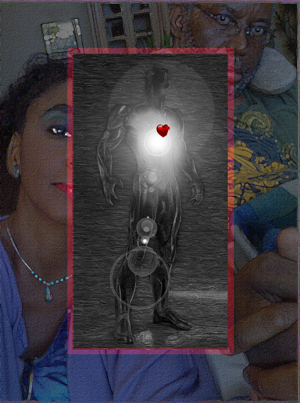 Jack Kirby created the Black Racer and his bedridden alter ego Sgt. Willie Walker in 1971. In the origin story Walker, an African American is paralyzed during a firefight in Vietnam. The army returns the young hero home where his wife resigns herself to taking care of him.
Jack Kirby created the Black Racer and his bedridden alter ego Sgt. Willie Walker in 1971. In the origin story Walker, an African American is paralyzed during a firefight in Vietnam. The army returns the young hero home where his wife resigns herself to taking care of him.
The Source, Kirby’s mysterious power entity visits Walker and turns him into the Black Racer. Doing so gives Walker the power to fly, travel between worlds and with just a touch bring death instantly to anyone. The Black Racer moves between worlds via the Boom Tube, uses skis to fly, and his death touch can come from his eyes or hands.
I was as big a fan of Kirby as there ever was but this was a bit much to take. Yes, most of the powers the King bestowed on Walker my young mind accepted hurriedly. One thing was a bit much for even my fourth-grade mind to grasp.
A black man skiing? Yeah, right.
That may seem silly nowadays but back in the day, trust me, not a whole lot of brothers on the slopes.
Silly was the last thing on Kirby’s mind when he created the Black Racer. Some still think he’s the most powerful character in the DCU. Kirby’s use of the Vietnam war as a story point was as realistic a statement as any he transported into his famous Forth World Universe. Sometimes Jimmy Olsen’s book (part of Kirby’s titles) would venture a subplot on a common theme, but most of Kirby’s storytelling was grand space opera.
Nowadays any writer would be hard pressed to space opera anything featuring a paralyzed Black Vietnam vet without a realistic viewpoint deserving of the material.
A significant difficulty in telling any story featuring real world issues is the scrutiny from those living with those predicaments. They read any account with more than a passing interest. Some in that fan base may care more about accuracy than entertainment.
Put another way, you write about someone in their community you better get your shit straight.
Seldom do I see caregivers in comics do much besides listen to talk and bring food to the person they watch over. I don’t recall ever seeing Sgt. Walker’s wife was other than the origin story. It’s been a while since I’ve read New Gods #3 so I may be wrong on that score. She may have been just a voice off-panel like the parents of Charlie Brown and the rest of his Peanuts crew.
The person who cares for a confined family member is in a very real way paralyzed as well. They have use of their limbs but cannot by any means move freely tethered by an invisible but real in every other way link.
Caregivers often need help themselves many suffer from depression and anxiety.
Each day may bring with it fluctuating degrees of guilt, sadness, dread or worry. Fatigue is constant there is no eight-hour Monday to Friday schedule. Caregiving is a non-stop all day everyday commitment.
Becoming a caregiver is something that can easily ruin someone’s life. A person who isn’t mentally prepared to deal with the realization caregiving may be forever facing real peril. Some may collapse under the strain putting all they have done in life in jeopardy.
What’s more important? Your loved one or your employer? For most, it’s an easy answer, but financial strains won’t go away and will most certainly get worse if your time away from your job causes you to lose it.
The same applies to any personal relationships. The stress put upon a significant other may not seem like a lot compared to the caregiver, but it certainly may seem so to them.
I was more than willing and able to care for my mother when a sudden illness caused doctors to amputate both her legs. Just preparing to move her from New York to L.A. was a daunting task. I was in the middle of setting up a publishing imprint and never gave it another thought while my mother needed me. All my time and energy were devoted to her.
Two weeks after her surgery my mother decided the life she faced was not a life at all. She told me just that in a message left on my phone. Then because she knew I would beat myself up said she loved me and “I don’t blame you for anything.”
I left my mother’s hospital room just 30 minutes before she left the message after hearing the news was back in her room in less than 15 minutes. I was away from her a total of 45 minutes.
She was dead when I returned to her bedside.
My life has been disrupted one way or another since. People I thought would always be there for me got the hell out of dodge, and I can’t say I blame them.
I can’t imagine returning to my mother’s bedside every day had she elected to stay with me and my life returning to anything remotely healthy like it is today.
As much as I love Jack Kirby and think his Black Racer is one hell of a black character without the caretaker angle, I can’t get behind his back story anymore.
No, not since I learned of a real-life Willie Walker.
Yep, in a very real way life is imitating art.
David Rector was a longtime producer at National Public Radio (NPR), and he loved that job. To someone with his skillset, it’s easy to see how many thought of this as David’s dream job. They may have thought so because it was a great job and he was great at it.
As someone who had his dream job not once but twice I can tell you there is little that can make you even think of giving it up.
What others may think is your dream job matters little to those who hold fast to their real desire. Be that as it may, it’s not easy to give up on a great job to follow your absolute dream.
David did. He followed his dream to California. Her name was Roz.
Roz Alexander-Kasparik was the dream David waited all his life for. She wasn’t a job, but David worked hard to be with her. He asked for her hand she said yes and that would be the start of their life together.
Joined as one in a marriage that life would be beautiful – this they both knew.
Roz is a no-nonsense black woman who holds little patience for those who try hers. David tried hers when arriving in San Diego he quickly started making plans not for their marriage but for them to attend the San Diego Comic-Con International (SDCC). David prepared with such glee Roz, who thought the only adults who read comics were intellectually challenged, started to think it may be fun.
She loved it.
She loved it and loved David even more (if possible) for being a strong black man who had the conviction to be himself. In a world where it was harder and harder to avoid the unrelenting branding of black man as thugs here was a man determined to be who he was.
A smart, accomplished man of many talents and a comic book fan.
A big comic book fan. How big? Finding a guy with more knowledge of comics especially DC Comics would be hard to find at DC. Roz found this out when David broke down the who what why of every panel person and pop culture tie in at SDCC to her.
She loved it.
After the convention, it was Roz who started planning for the next SDCC. David (if possible) loved her even more because of that. Between SDCC ideas they also managed to get some wedding plans done. They both knew their life together as one was going to be wonderful and it was.
It was better than wonderful.
Then it wasn’t.
They missed the next SDCC, and unfortunately, they would lose quite a bit more. David suffered an aortic dissection — a tear in a major blood vessel — then a series of crises in the hospital that ultimately left him unable to speak or walk.
That killed their love affair.
Roz is a wonderful person, but she’s only human. David now needed care all the time. That does not mean 24/7. That means twenty-four hours a day seven days a week. 24/7 It’s not the same thing it’s not even close. You can’t trivialize what was happening to her; you can’t ‘spin’ it 24/7 does that.
Saying these words; twenty-four hours seven days a week – does a number on your brain does it not?
Visualize if possible what that means in real life. You are now charged with not just your survival, but another’s as well. Americans are under the mistaken impression that we have a network of fail safes to protect us.
We do not.
Just ask that person who wanders off the hiking trail then breaks his leg. No biggie you may be thinking I’ll just pick up my cellphone and make a call. Fair enough your fail safe is your phone, got it.
If you have one if not you’re a bear snack. If you do have one you hope it has a charged battery. If the battery is charged you hope, there is a signal.
I said ask the person who wanders off the hiking trail then breaks his leg, but most likely you’ll have to ask his surviving family.
‘If’ and ‘hope’ are no fail safes.
David’s plight is a terrible one, and yes, it ended the love affair.
Roz left David as soon as she found out the David she fell in for was gone. The David who could peak her interest in something as ridiculous as comic books make her laugh and bring a smile to her face had disappeared. Roz changed under these circumstances how could she not?
She became Given.
Given is the partner to Recall a.k.a. David Rector. Recall and Given is the title of the forthcoming graphic novel written by Roz Alexander-Kasparik and David Rector.
From NPR:
Recall is almost like an astral projection: While his body lies stricken in a hospital bed, his spirit roams around, dispensing karmic justice by projecting memories into your mind — do good and you get a dose of good memories, do bad and, well, you get the idea. At his side is Given, who’s based on Roz — and she’s called that because her love for Recall is a given. Roz says David approves all the story and art choices, and he relishes his editorial role.
It’s being called an autobiographical superhero comic book, only for David and Roz, it’s so much more. It’s the story of their life together.
Yep, together.
I said the love affair was over and it is. Roz and David’s story is much more than a love affair because she stayed. Then, convinced David, she should. David thought of her first and just wanted her to be happy.
How happy could she be without the love of her life?
How happy could you be without the love of yours?
She stayed because that’s what love real love does.
Love doesn’t listen to some friends tell you to think about yourself. Countless reasons for Roz to leave only one reason to stay.
Love.
I feel love is measured in how you’re treated when things go bad not when everything is good.
Love is when a mother wills herself to die rather than burden her child.
Or when a friend you thought lost forever does not want you alone during the holidays, thanks Denys thanks Kathy.
Love is staying with a man who has lost everything and must now take everything from you to survive. Love is telling that man; “You take nothing it was already yours.”
David is far from helpless still smart as a tack still loving comics, as does Roz. They missed SDCC only that one time, but not since.
Roz and David chose comics to tell their story. Few things have made me prouder to be a small part of this industry. The decision to bring their love story and by doing so the love stories of others like theirs to comics floors me every time I think of it.
The journey to make this happen has been a long one. Comics are hard enough to create without the added burden Roz and David face.
They will get it done, I’m sure of it,
It’s a given.

